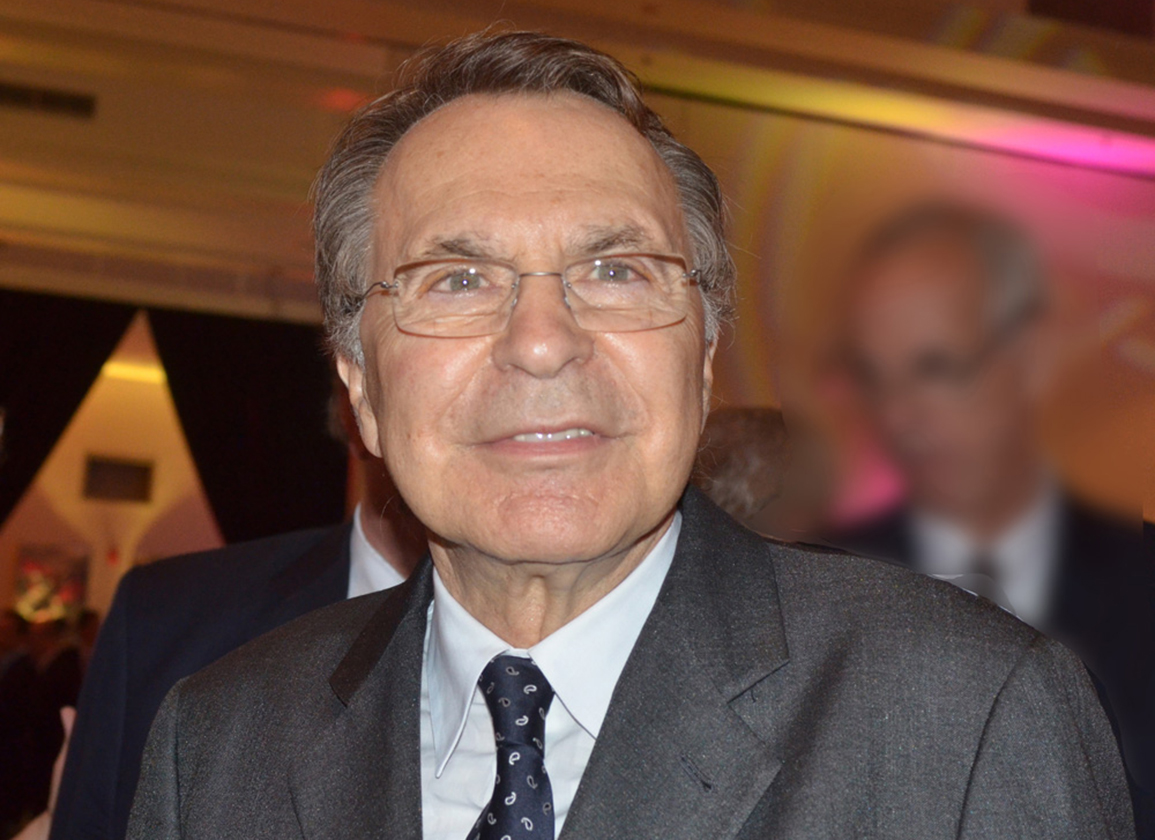By Earle Mack
Horse racing is at an existential moment. Just weeks after a series of breakdowns at Churchill Downs cast a shadow over the Kentucky Derby, a wave of horrifying horse deaths at Saratoga Race Course has once again brought questions about safety to the forefront of public consciousness.
This is a tragedy, as every horse that breaks down also breaks our hearts. However, I believe our sport has reached a tipping point, and I predict there will be a Silver Lining emerging from all these tragedies. In the past week, I have engaged with industry leaders, including the current NYRA Board of Directors as well as Dave O'Rourke, NYRA's President & CEO. They are in the process of analyzing relevant data regarding synthetic surfaces and the potential installation at our NY racetracks.
This is significant. As a reminder, the Stronach Group eliminated synthetic tracks from their California venues due to insufficient industry support. Keeneland was also compelled to remove its synthetic course because too many owners and trainers were unwilling to prepare for major races, such as The Kentucky Derby, on synthetic surfaces.
This is precisely why we need the entire industry to embrace change collectively. The New York Racing Association (NYRA), which operates Saratoga, is already a leader in horse safety. These recent tragedies are serving as a catalyst to advance additional safety initiatives, including an increased commitment to investing in transformational science and technology, including synthetic surfaces.
NYRA is currently installing a Tapeta track at Belmont Park, which will serve as the fourth racing surface. In light of the recent events at Saratoga, NYRA is contemplating an expansion of this commitment. Additionally, NYRA quickly adopted measures to enhance veterinary scrutiny, such as requiring a trainer's attending veterinarian to attest to the horse's soundness prior to entry. NYRA will also be investing in the most advanced PET and CAT scan technology to help detect pre-existing injuries before they become more serious.
Track superintendent Glen Kozak and the NYRA team excel in constructing and maintaining the current racing surfaces at all NYRA facilities. They are leaders in the field, even consulted by competing tracks around the country. However, dirt track safety remains an industry-wide concern. The surface is outdated when compared to newer engineered alternatives.
As trainer Mark Casse, who trains the majority of his stable on the synthetic course at Woodbine, points out, “What if we had kept the Model T? Instead, look at what we've done with automobiles, how we've made them so much safer. We're still using a racetrack that's been around for 125 years, and there's only so much you can do for it.”
A mounting body of evidence indicates that synthetic tracks are safer for horses. A study by the University of Kentucky found that horses were less prone to injuries on synthetic tracks compared to dirt tracks. A University of Pennsylvania study discovered that synthetic tracks were linked to a lower risk of catastrophic injuries. Most recently, data from The Jockey Club Equine Injury Database conclusively demonstrates that synthetic courses were considerably safer than dirt surfaces in every year from 2019 to 2022, over three times safer in 2022.
The future of horse racing hinges on a bold collective effort from the industry. However, achieving this requires industry-wide consensus on necessary steps to enhance safety for both the cherished animals and the brave jockeys risking life and limb. A fragmented endeavor, however well-intentioned, is likely to fail, dooming our sport to historical insignificance.
Past attempts to introduce synthetic surfaces faltered, partly due to the industry's collective reluctance to embrace change. The horse racing industry stands at a pivotal juncture and should move together in a unified way to ensure horse safety and industry survival.
I call upon the country's leading racing organizations to embrace science and technology by quickly moving to adopt synthetic surfaces.
This silver lining all begins with The Kentucky Derby and Churchill Downs Inc. Board.
Earle Mack was a member of the Board of Trustees, New York Racing Association, Chairman of the New York State Racing Commission, Member of the New York State Thoroughbred Racing Capital Investment Fund and a Member, Board of Directors, of the New York State Thoroughbred Breeding and Development Fund Corp. He was honored with the Eclipse Award of Merit in recognition for a lifetime of outstanding achievement last year.
Not a subscriber? Click here to sign up for the daily PDF or alerts.






